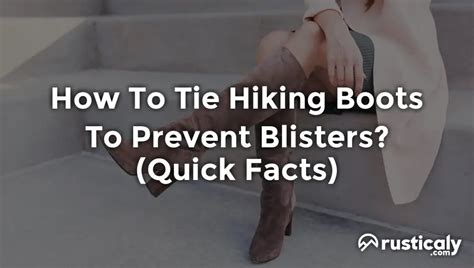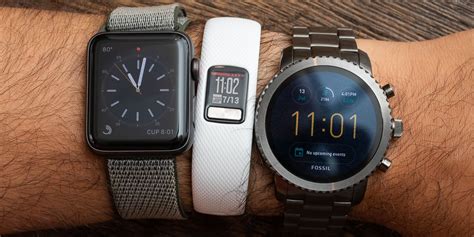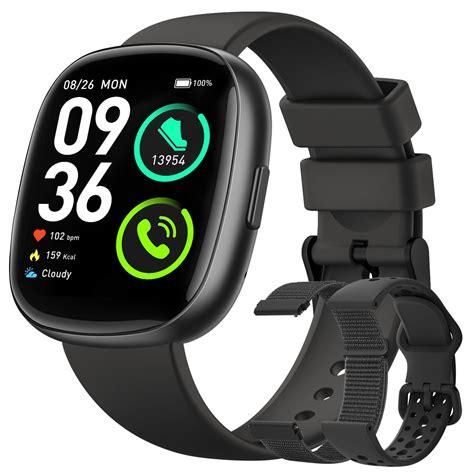Conquer the Trail, Not Blisters: Your Guide to Hot Spot Prevention
There’s nothing quite like the joy of a long hike, the crisp air, the stunning views. But that joy can quickly turn into agony if a dreaded hot spot or blister develops. These painful nuisances are often caused by friction and pressure, typically stemming from ill-fitting footwear or inadequate foot care. Fortunately, with the right approach and a little preparation, you can drastically reduce your chances of encountering them and keep your focus on the trail ahead.
The Foundation: Proper Boot Fit is Paramount
The most critical step in blister prevention begins before you even leave the house: selecting and fitting your hiking boots correctly. Boots that are too loose allow your foot to slide, creating friction, while boots that are too tight create pressure points. When trying on boots, always wear the type of hiking socks you intend to use on the trail.
- Heel Lock: Your heel should feel secure with minimal lift when you walk. Excessive heel slippage is a prime culprit for blisters.
- Toe Room: You should have ample space to wiggle your toes, especially when walking downhill. Your toes should not touch the front of the boot.
- Overall Comfort: There should be no immediate pressure points or pinching anywhere on your foot. Walk around the store for several minutes to assess the fit.
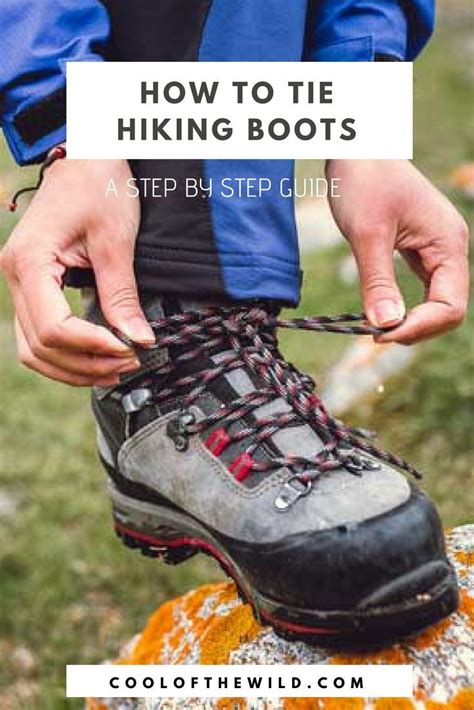
The Right Socks Make All The Difference
While boots provide the primary support, socks are your first line of defense against friction. Cotton socks are a big no-no; they absorb moisture, stay wet, and create a perfect environment for blisters. Instead, opt for materials designed to wick moisture away from your skin.
- Wool or Synthetics: Merino wool and synthetic blends (like polyester, nylon) are excellent choices. They wick sweat, dry quickly, and help regulate temperature.
- Proper Thickness: Match your sock thickness to your boot fit and the expected conditions. Thicker socks offer more cushioning, but can also make boots feel tighter.
- Liner Socks: Some hikers swear by thin synthetic or silk liner socks worn underneath their main hiking socks. These create an additional layer that can absorb friction between the two sock layers rather than between the sock and your skin.
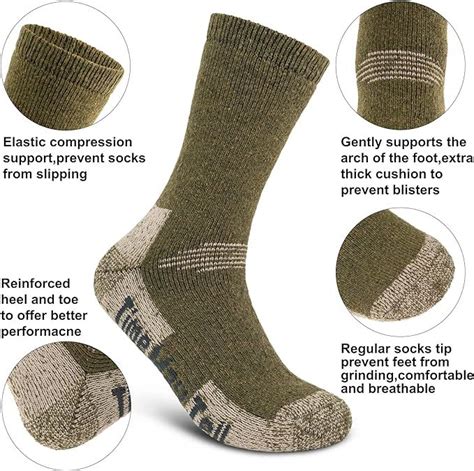
Break-In Your Boots (and Your Feet!)
Never take brand new boots straight to a multi-day hike. Boots, especially leather ones, need time to conform to your feet, and your feet need time to get used to the boots. Start with short walks around your neighborhood, gradually increasing the distance and difficulty of your outings.
Pre-Hike Foot Care & Taping Strategies
Proactive foot care before you even hit the trail can significantly reduce your risk of blisters.
- Trim Toenails: Keep toenails neatly trimmed to prevent them from pressing against the front of your boots, especially on descents.
- Moisturize: Regularly moisturize your feet to keep skin supple and less prone to tearing.
- Strategic Taping: If you know you have specific ‘hot spots’ that are prone to blistering, proactively tape these areas before you start hiking. Moleskin, athletic tape, or specialized blister prevention tape can be applied directly to clean, dry skin. Ensure the tape is smooth and wrinkle-free.
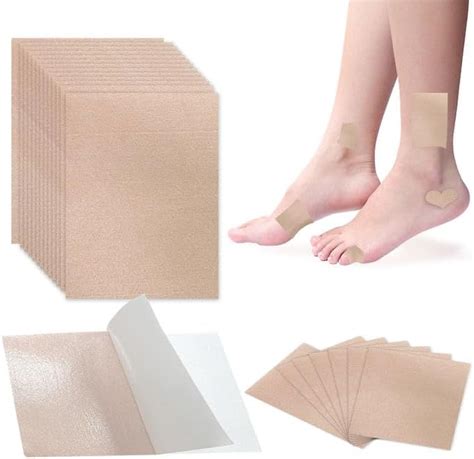
On-Trail Strategies for Blister-Free Hiking
Even with the best preparation, things can still go awry. Knowing what to do on the trail can save your feet from misery.
- Address Hot Spots Immediately: The moment you feel any discomfort, stop and investigate. Don’t wait until it becomes a full-blown blister. Apply tape, moleskin, or a specialized blister patch (like Compeed) to the hot spot.
- Lacing Adjustments: Experiment with different lacing techniques. If you have heel slippage, try a ‘heel lock’ lacing method. If you have pressure points over the top of your foot, skip a set of eyelets.
- Keep Feet Dry: If your feet get wet, change your socks as soon as possible. Take off your boots during breaks to air out your feet and socks. Consider bringing a spare pair of socks on longer hikes.
- Manage Swelling: On long, hot hikes, your feet may swell. Adjust your laces throughout the day to accommodate this and maintain a comfortable fit.
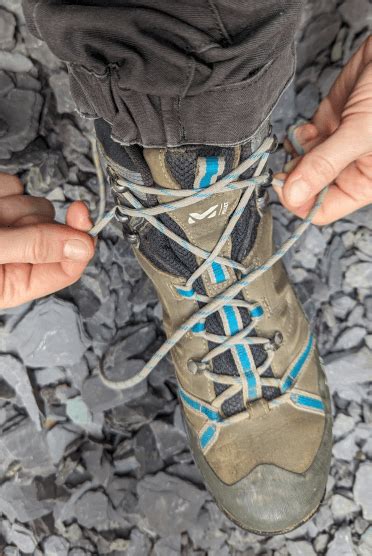
Essential Gear for Blister Management
Always carry a small blister kit in your pack. This should include:
- Moleskin or blister patches (e.g., Compeed)
- Athletic tape or medical tape
- Small pair of scissors
- Antiseptic wipes
- Needle (sterilized for draining blisters, if necessary)
- Small amount of antibiotic ointment
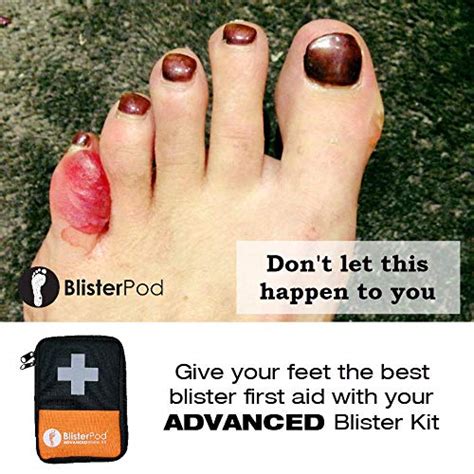
Conclusion
Blisters don’t have to be an inevitable part of hiking. By paying close attention to your boot fit, choosing the right socks, breaking in your footwear, practicing diligent foot care, and being prepared to act at the first sign of trouble, you can significantly reduce your risk. Invest in your feet, and they will carry you through countless miles of enjoyable adventures.
